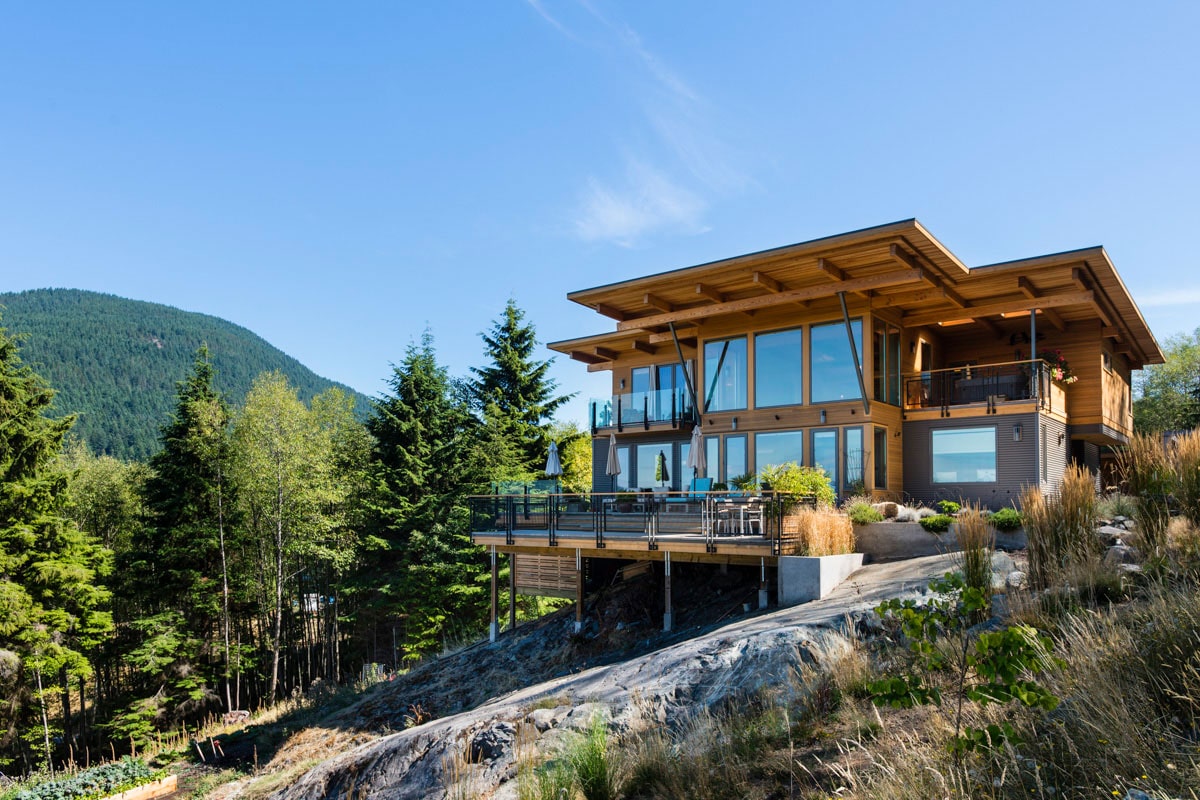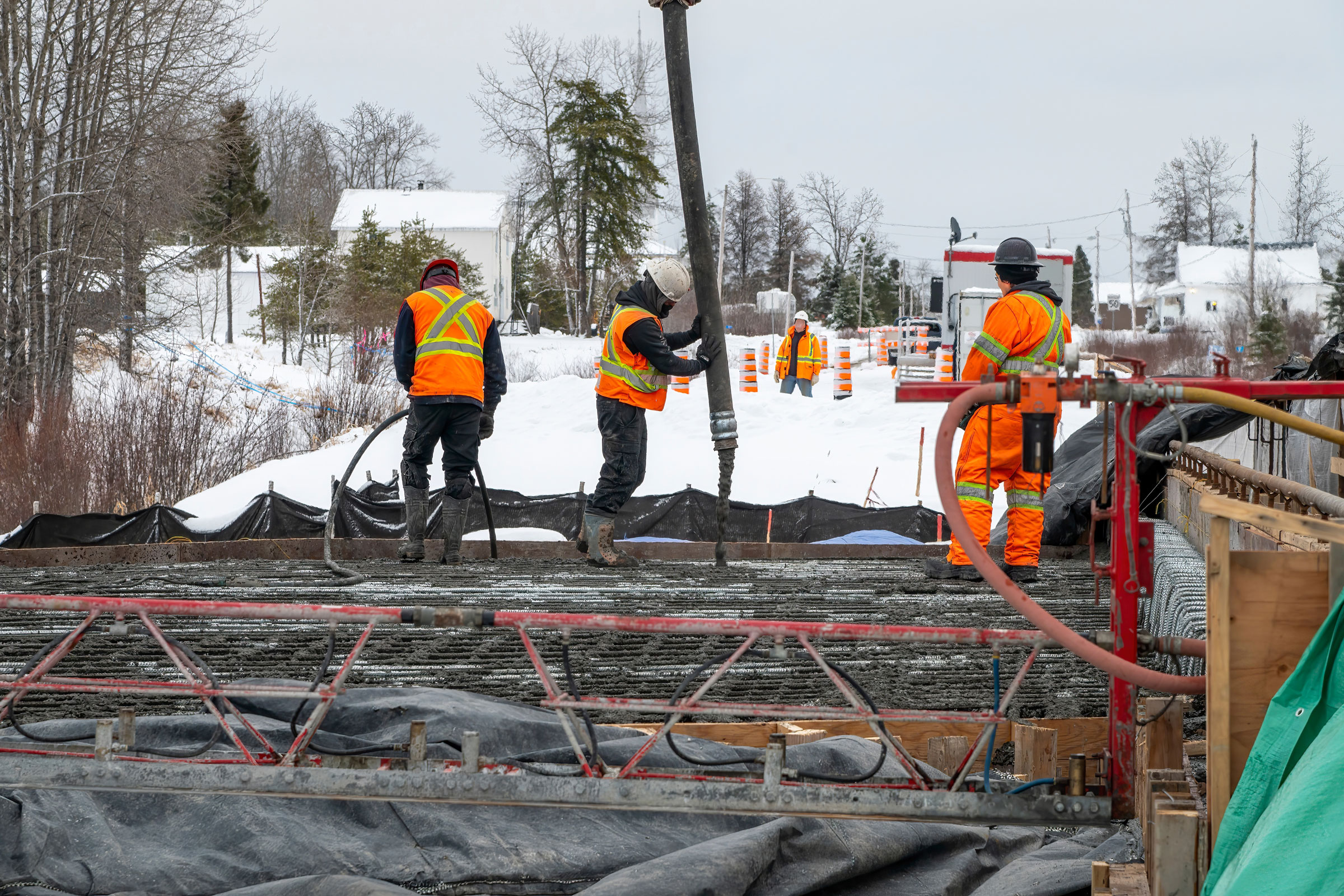Cascadia Windows & Doors Technical Director Michael Bousfield shares how fiberglass windows impact building performance.
Story at a glance:
- Windows are responsible for a large portion of energy loss in modern buildings.
- Improving windows’ energy performance significantly increases the overall performance of a building.
- Different window materials have drastically different energy performance characteristics.
- To maximize window improvement, consider the glass, glass coatings, and frame materials.
- Improving the energy performance of buildings does not require eliminating windows.
Recently windows have become a hot topic, grabbing headlines with some people pitting them against energy performance standards and claiming the only way to meet the standards is to eliminate windows.
But this “either/or” thinking simply isn’t true. Buildings can meet emerging performance standards and deliver exciting spaces, full of natural light and views. The key to delivering better building is simply using better, energy-efficient windows.

With strength and durability comparable to traditional aluminum, fiberglass windows offer a long-life window alternative for commercial buildings and office spaces. Photo by Paul Grdina
Windows: The Weakest Link
One large contributor to a building’s poor energy performance are windows. Often cited as the weakest link in a building’s envelope, windows waste—or lose—the most energy of any element of a building. But this waste is not the fault of windows, per se, but rather the materials they’re built with.
Traditional aluminum framed windows lose large amounts of heat, easily conducting it back and forth from interior to exterior of a building. That means the building needs to have substantial heating and cooling systems to offset the losses.
Vinyl framed windows offer better thermal performance but have less structural strength, which means that they can’t be as large. They also have a shorter lifespan and are less durable overall.
For most of the last half-century, these two choices were the only options for windows, forcing architects and developers to choose between poor performance or short lifespan and less natural light. But there’s a third option that gives you the best of both worlds. Fiberglass frame windows offer a product that tackles many of the shortcomings of a building envelope’s weakest link.
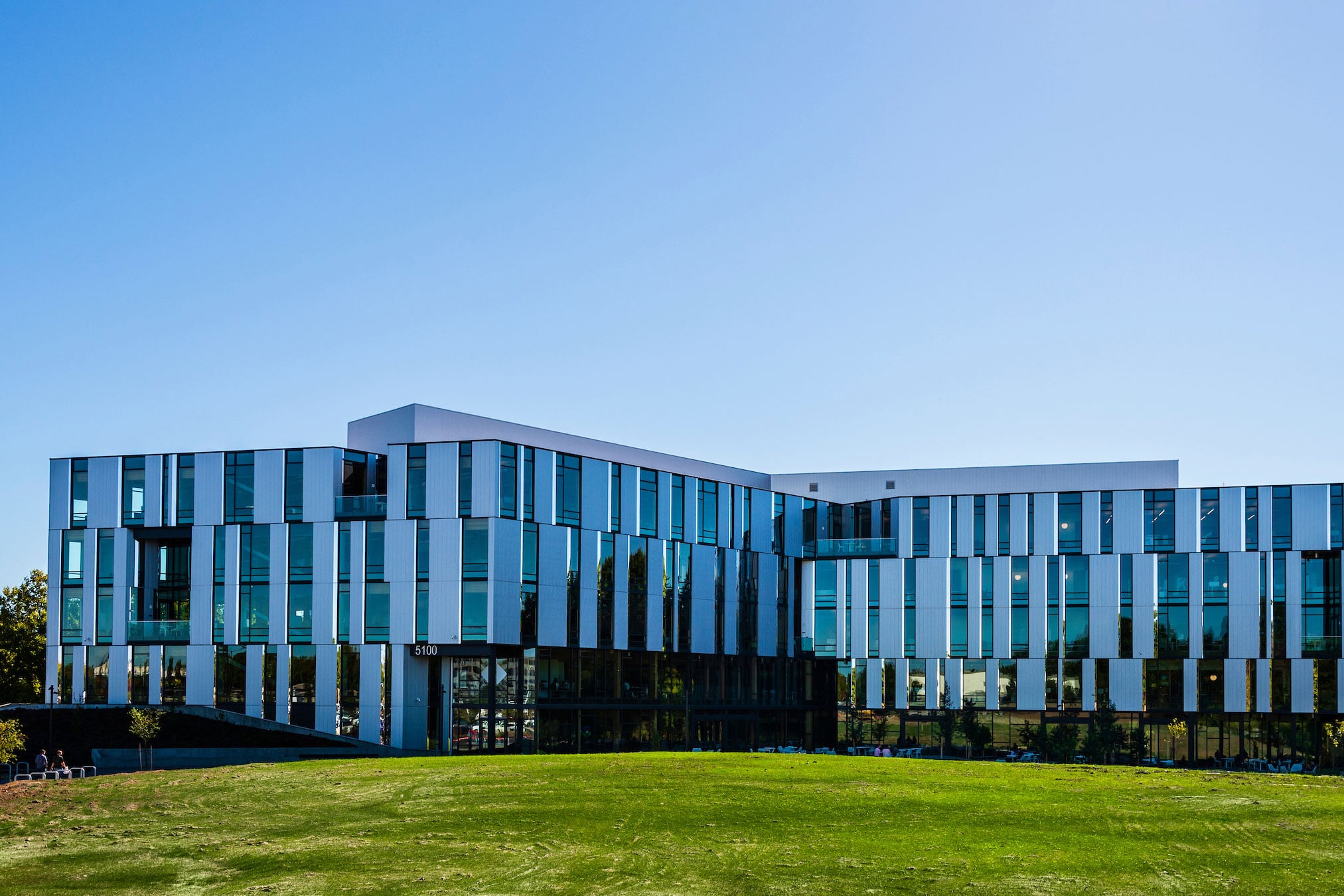
The First Tech Federal Credit Union corporate office in Hillsboro, Oregon, is a case study in sustainable office design. The 156,000 sq. ft. LEED Gold building, designed by Hacker Architects, features high-performance windows and held the record of largest mass timber building in the US. Photo by Paul Grdina
The Problem with Buildings
Before we discuss a different approach to windows, it’s important to understand their impact on a building.
In the US alone, buildings account for nearly 47% of all greenhouse gas emissions and nearly 49% of overall energy consumption. Of that energy consumption, an estimated 37% goes to heating and cooling. And that’s where traditional windows make their mark.
Windows currently account for anywhere between 30 to 50% of the heating and cooling energy loss in a building. That means for every dollar spent on heating and cooling, up to 50 cents is lost through the window. Let’s zoom in on the different window components to understand what part of the window is letting that money escape.
As production advancements have improved the efficiency of window glass, window frame innovation was largely stagnant. Aluminum windows were given a more complex thermal break between various conductive metal materials, but this change yielded minimal improvements despite significant cost increases and a more complex product. In vinyl windows, steel reinforcements were added within the frame to provide additional strength. But introducing this steel diminished the thermal performance of the frame itself—one of its key benefits.
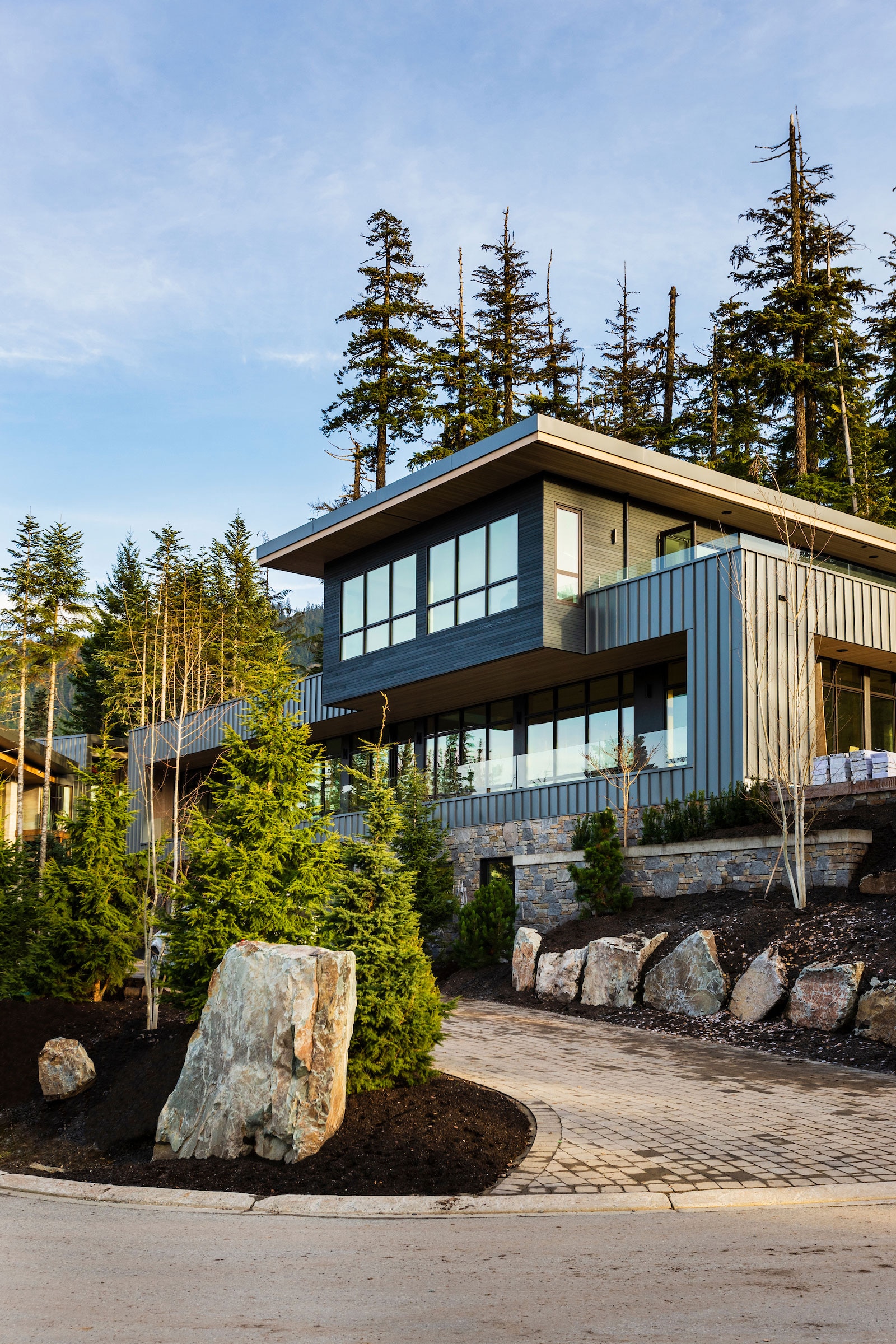
The structural strength of fiberglass windows, along with their high thermal performance, makes them ideal for large glazing areas in residential or commercial buildings. Photo by Paul Grdina
Neither innovation addressed the underlying issue, which shows that the frame is the key. In fact, window frames typically account for between 20 to 30% of the total window area, making them a significant weakness in the thermal efficiency of the overall window. Although the frame only represents around a quarter of the total window area, it’s responsible for a disproportionately high amount of the heat loss.
Now let’s zoom back out and consider how important windows are to creating a highly livable building. In some ultra-competitive real estate markets, such as in Vancouver, British Columbia, developers are targeting almost 75% total glazing area for a high-rise building in order to make the project viable. Combine that with a median building lifespan of 70 to 75 years, and the problem with buildings can become staggering.
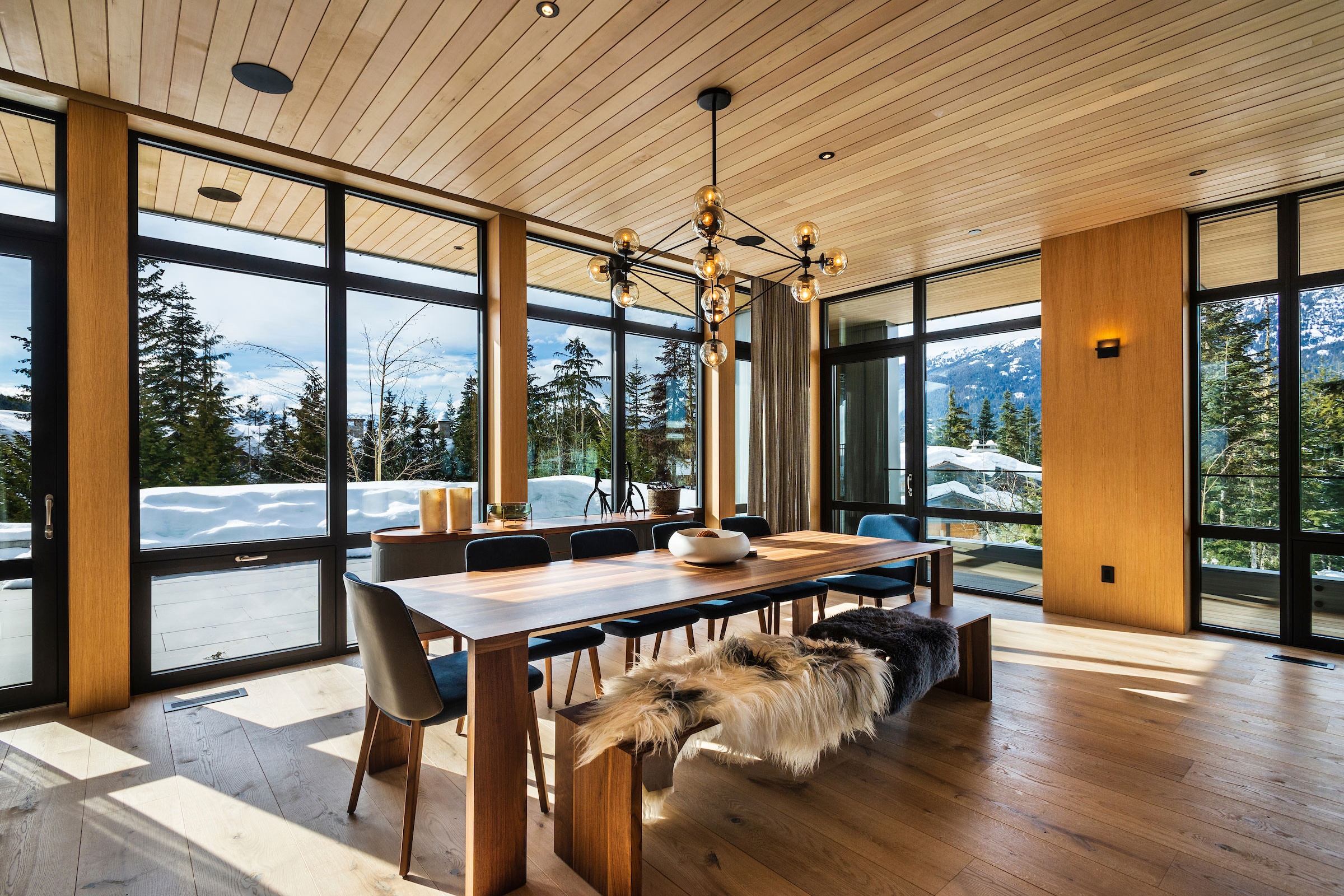
Fiberglass windows are perfect way to maintain views and natural light while still delivering a high-performance building envelope. Photo by Paul Grdina
Coding a Solution
To help address the scope of this efficiency problem and spur innovation, municipal and state jurisdictions have begun introducing increasingly stringent performance requirements, requiring higher thermal performance from windows specifically, as well as the overall building envelope. Some are beginning to look at increasing renovation and rehabilitation requirements as well.
The introduction of these code changes has led to much handwringing in architecture and developer circles, as some struggle to create buildings that meet consumer demands for natural light and livability on a viable construction budget. In some extreme cases, projects have seen proposed glazing area reductions of 50% to meet new energy performance requirements.
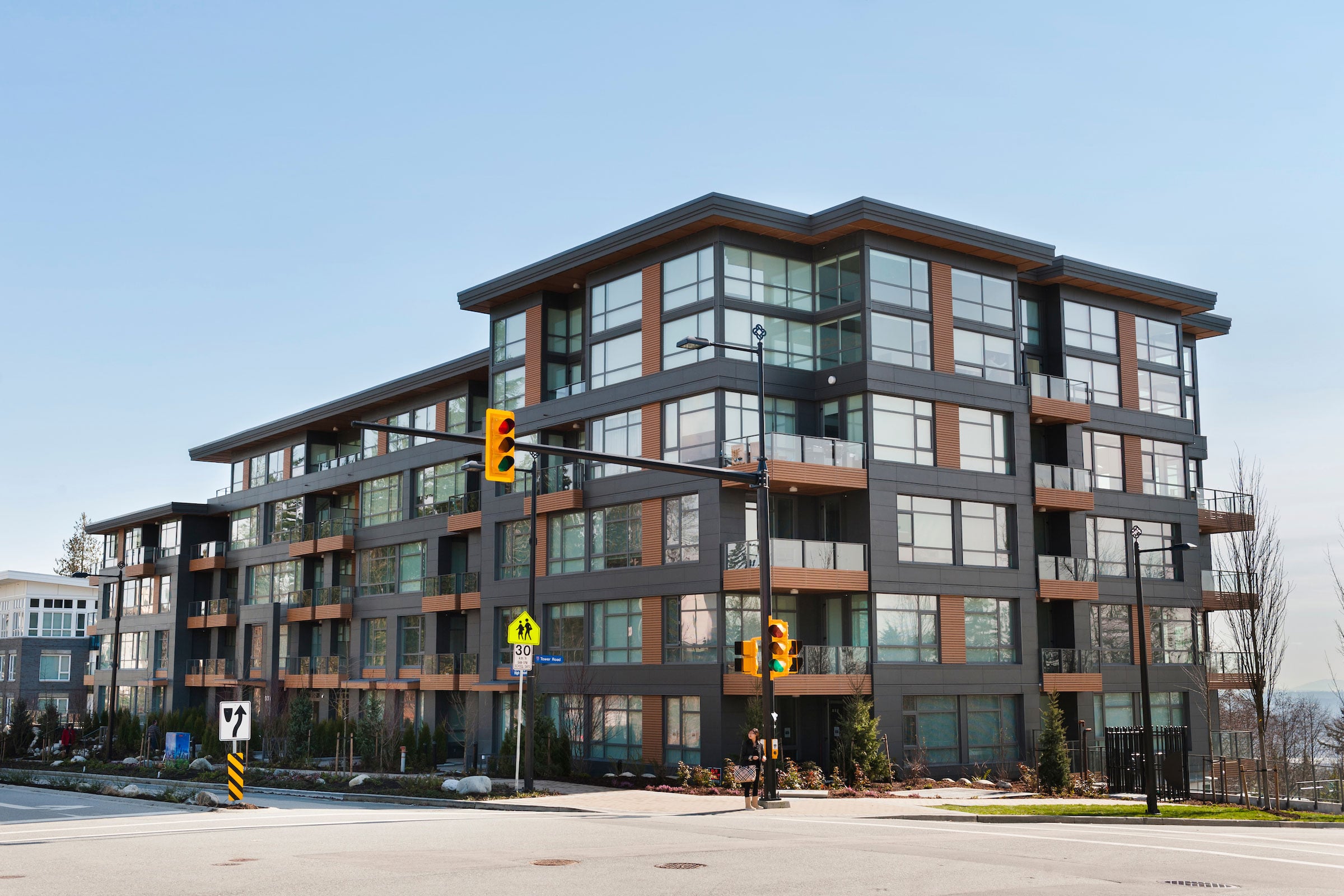
The Origin Apartments—part of Simon Fraser University’s UniverCity neighborhood—features high-performance fiberglass windows that helped the building win multiple awards for design and energy efficiency. Photo by Paul Grdina
The Washington State Energy Code, the BC Step Code, and the Energy Conservation Construction Code of New York State (ECCCNYS) are just a few of regulatory changes seeking to improve a building’s energy performance. And some local jurisdictions are going even further.
Recently, the Vancouver updated bylaws to offer incentives for building to Passive House standard in both Part-3 and Part-9 construction. For the uninitiated, Passive House is the only internationally recognized, performance-based energy standard in construction, employing a comprehensive and integrated approach to design, material sourcing and performance measures of the completed building. Through Vancouver’s new bylaw, a multi-family urban residential building project can add 5% floor area, 18% more for a single-family dwelling, and 16% more for a duplex.
This kind of incentive—used to maximize the value of an already expensive piece of land—will more than pay for any added construction cost to make the building reach Passive House levels, without penalizing existing “to-code” projects.
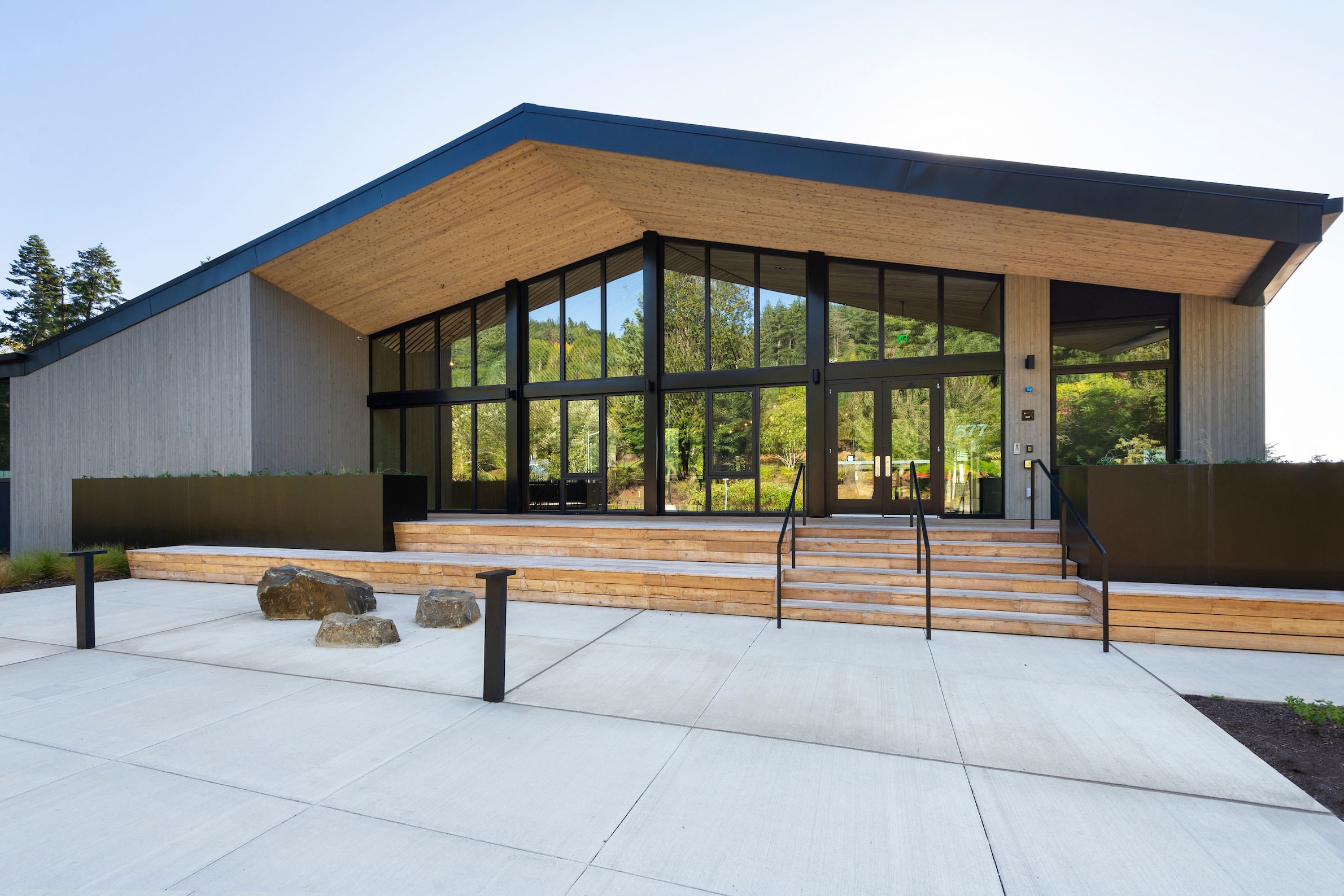
The Gilkey International Middle School—part of the French American International School in Portland, Oregon—features high-performance, factory-built storefront glazing. Photo by Paul Grdina
The Facts About Fiberglass
Fiberglass windows offer an avenue to deliver highly livable, durable homes and commercial buildings, while at the same time improving the building’s energy efficiency and overall environmental impact. Since the fabrication technology emerged nearly 40 years, this innovation has been adopted in some markets but has lagged behind in North America.
Fiberglass is an ideal structural material for window and door frames—specifically fiberglass with a high glass-fiber-to-resin formula. Nearly 10 times stronger than traditional vinyl, thermoset fiberglass is dimensionally stable, meaning it won’t creep and deflect over time. This stability and strength allow fiberglass frame windows to withstand higher wind load, resulting in larger possible windows—even on tall buildings with high wind loads.
Compared to traditional aluminum windows, fiberglass represents less embodied carbon in both sourcing its raw materials and fabrication, carbon draw during its service life, as well as its end of life recycling.
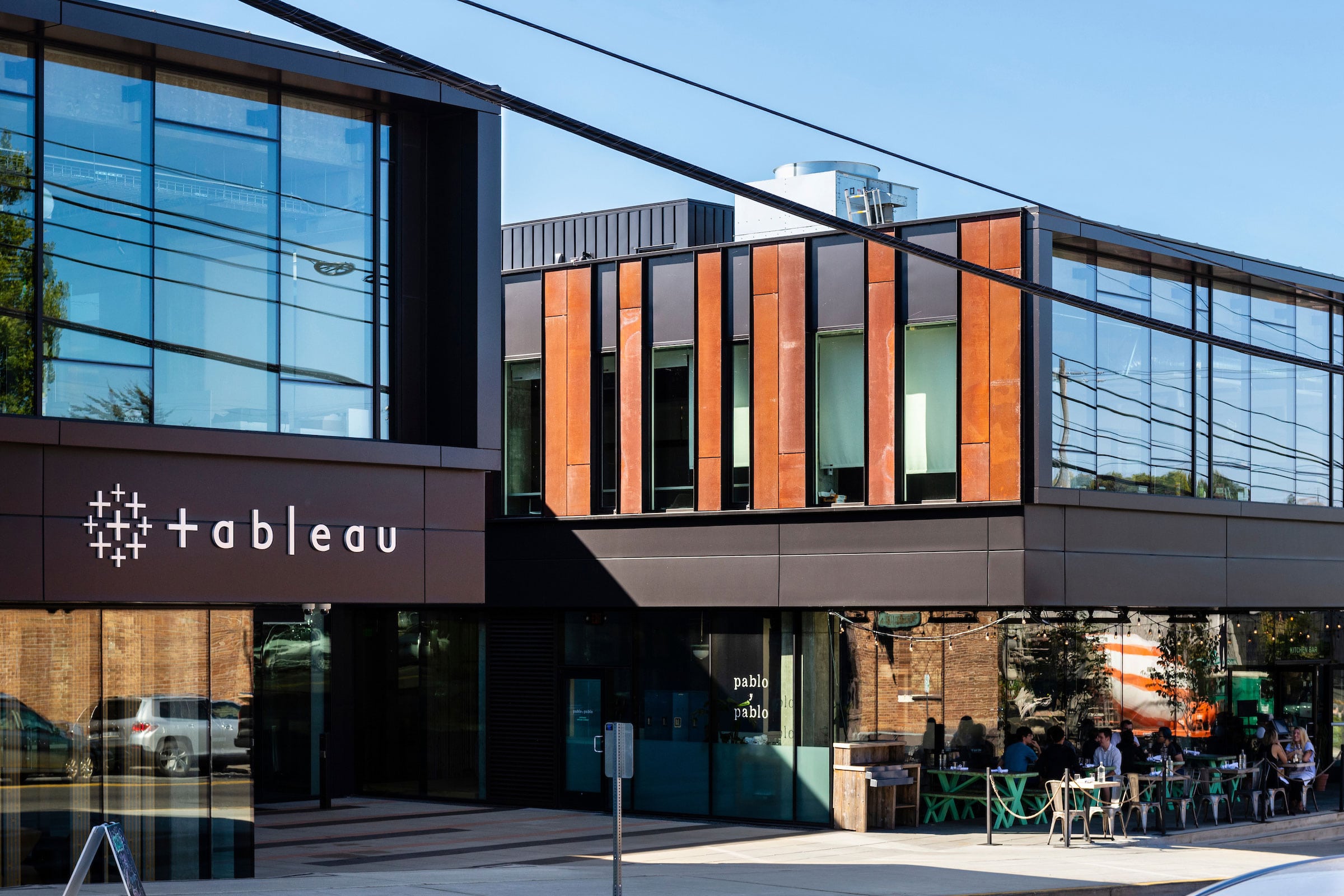
High-performance fiberglass windows are available in nearly any color, finished with AAMA 625, non-VOC paints. Photo by Paul Grdina
Impervious to decay, insect attack, and corrosion, fiberglass windows are also capable of weathering extreme temperatures (-40°F through 350°F and higher) without becoming brittle or soft, giving them a lifespan of 50 to 80 years. That’s more than four times the lifespan of vinyl/PVC and twice the serviceable lifespan of aluminum windows.
The simplified frame design of fiberglass windows—free of complicated internal thermal breaks and a medley of different manufacturing materials—makes for a more robust and easier to service final product. The service point is somewhat moot, however. Since fiberglass possesses a low thermal expansion coefficient—similar to glass itself—combined with its inherent durable nature, fiberglass window frames put less stress on their adjacent glass units, meaning less failed seals and air gaps.
But durability and longevity are only secondary to fiberglass’ key benefit—its conductivity. Or rather, lack there of.
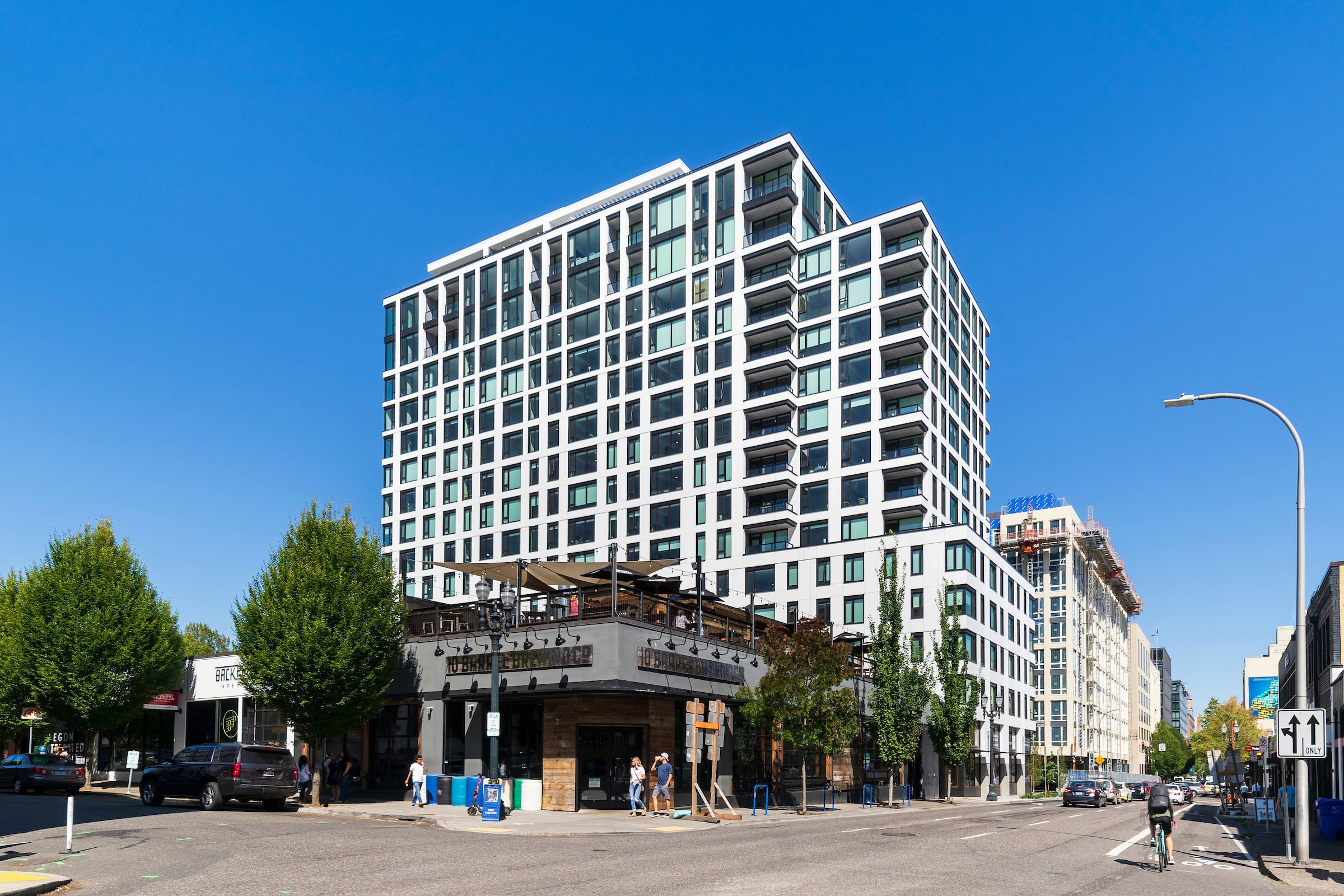
The Rodney Apartments from developer Holland Residential are a 14-story rental tower located in Portland’s Pearl District. More and more rental projects are opting for high-performance windows to help drive down long-term operating costs. Photo by Paul Grdina
Conductivity: Not All Windows Are Created Equal
Fiberglass possesses an inherently low thermal conductivity, meaning without any additional thermal breaks or materials, fiberglass is 500 times less conductive than aluminum. That means a large-span double-glazed fiberglass window is more than 100% thermally efficient than a comparable aluminum window.
Such a dramatic increase in the weakest link of a building envelope’s overall thermal performance can mean significant improvements overall, and the impact of this improvement doesn’t stop at the edge of the window frame. Because the heating and cooling load on the building is less, mechanical systems can be reconfigured and reduced in size, complexity and cost. That means less construction costs and more flexibility in building layout since there are less HVAC duct runs and space used for a heating and cooling apparatus. And remember, these benefits are achieved while defending the amount of overall glass area, and in some instances increasing the glazing area.
What Lies Ahead
Conversations around the energy performance of buildings are not going away. The cat’s out of the bag in terms of the demands building place on our energy infrastructures, with multiple layers of regulatory jurisdictions seeking to address the issue, not to mention consumers demanding livable, long-life homes and offices.
But these new market pressures don’t have to be scary. We don’t need to embark upon extraordinary efforts to cause change and see real improvement. With existing building science knowledge, skilled tradespeople, and innovative building products, we can create impact now. Tested, proven-in-the-field and readily available, fiberglass windows are one of those innovations. By targeting this weakest link of a building’s envelope—and the one that directly benefits the building’s occupants—we can make leaps and strides towards more efficient, better buildings. All it will take is people viewing windows in a different way.

